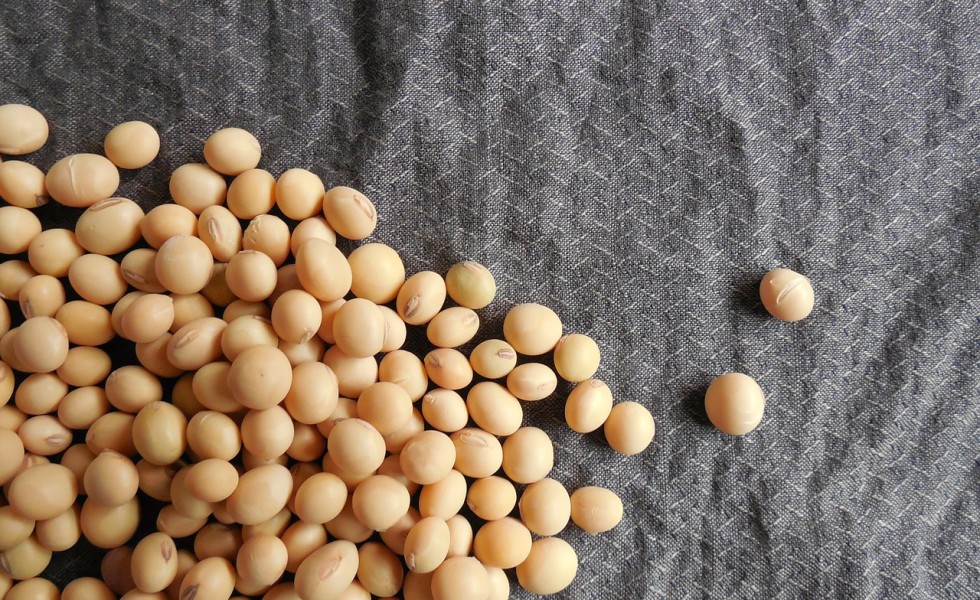Commodity Agriculture’s Dark “Green” Future
Posted on September 20, 2017

A generation ago, GMO sounded like the name of an American muscle car, a text was what the preacher based his Sunday sermon on, and Facebook was two words that meant face and book.
Now, 25 short years later, genetically modified seeds dominate American agriculture, texting has replaced baseball as our national pastime, and Facebook’s market value is more than two times the value of Deere, Monsanto, AGCO, and General Motors combined.
Even more telling, that short, post-1992 list does not include GPS, drones, robotic milking machines, gene editing, climate change, and a Gulf of Mexico “dead zone” equal in size to New Jersey.
If rapid change continues—and what’s going to slow it?—American agriculture will be even more different a generation from now than a generation ago. The big driver behind much of the coming change, however, may not be, as it was in the past, choice. The biggest driver will likely be necessity.
For example, it’s a pretty solid bet that joint public-private action on climate change will move people and industry toward greener fuels—solar, wind, and electricity—and away from greenhouse-gas producing fossil fuels wherever possible.
As proof, Hawaii and Sweden are already implementing long-range plans to be 100 percent “green” by 2045. Nearly every aspect of these state and national efforts—cars, public transportation, food production, manufacturing—will be powered by renewable energy.
Back on the farm, the broader, cultural adoption of green energy means ethanol, the still controversial biofuel that a recent Iowa State University study noted had “nil impact on reducing carbon emission(s),” faces an increasingly tough future. Ironically, ethanol may not be driven into history by its archenemy, Big Oil. Instead, it will go in a small—probably driverless—electric car.
While this change represents but a blip on the international energy scene, it will be an enormous change for rural America. Since nearly 40 percent of today’s U.S. corn crop goes into ethanol production, even the tiniest pebble tossed into that pond causes a big wave.
So, what shore should American ag policy planners be looking toward when, a generation from now, the biofuel industry is hit with the coming green tide?
In an Aug. 14 opinion piece published online by Agri-Pulse, Tom Dorr, the former Undersecretary for Rural Development and the past CEO of the U.S. Grains Council, urged U.S. agriculture to not “continue to consume itself with producing commodity products” like the “last nine decades.”
Instead, he explains, “(A)griculture is changing dramatically and there are substantial new food and agriculture markets being defined in emerging and developing parts of the globe. Why not look ahead and develop policies that help position U.S. agriculture as a value-added market leader?”
Yeah, why not?
Because change isn’t what American ag policy leaders typically embrace. To prove that point, Dorr notes that the “current conversations regarding the need for incremental [2018] farm bill changes” are “disheartening.”
But keeping our crop insurance-based, commodity-centered ag policies will not change a “world food market (that) has changed,” he continues. The world market “used to… demand commodities to process into consumable products… Now the food market is demanding high-quality, defined, traceable, and secure food.” (Country of origin labeling, anyone?)
That simple, evident change, he notes, “clearly indicates… global food expenditures… doubling… from $3.6 trillion to $7.3 trillion… from 2011 to 2020.”
If American agricultural and legislative leaders fail to acknowledge this shift, he writes, “we’re doomed to marginal returns and a renewed diminishment of rural America.” That path “reflects an abhorrent lack of responsibility and self-respect within the industry.”
Which is where U.S. farmers and ranchers find themselves now: hat in hand, again, waiting for some other farmer or rancher’s misfortune in the hope it will boost prices enough to deliver a profit.
One more generation of this policy drift—new technology or not—should just about empty rural America for generations to come even as new, food-producing farmers are sidetracked by commodity-focused, not market-focused, farm policy.
The only word for that is Dorr’s: irresponsible.
© 2017 ag comm
Share This